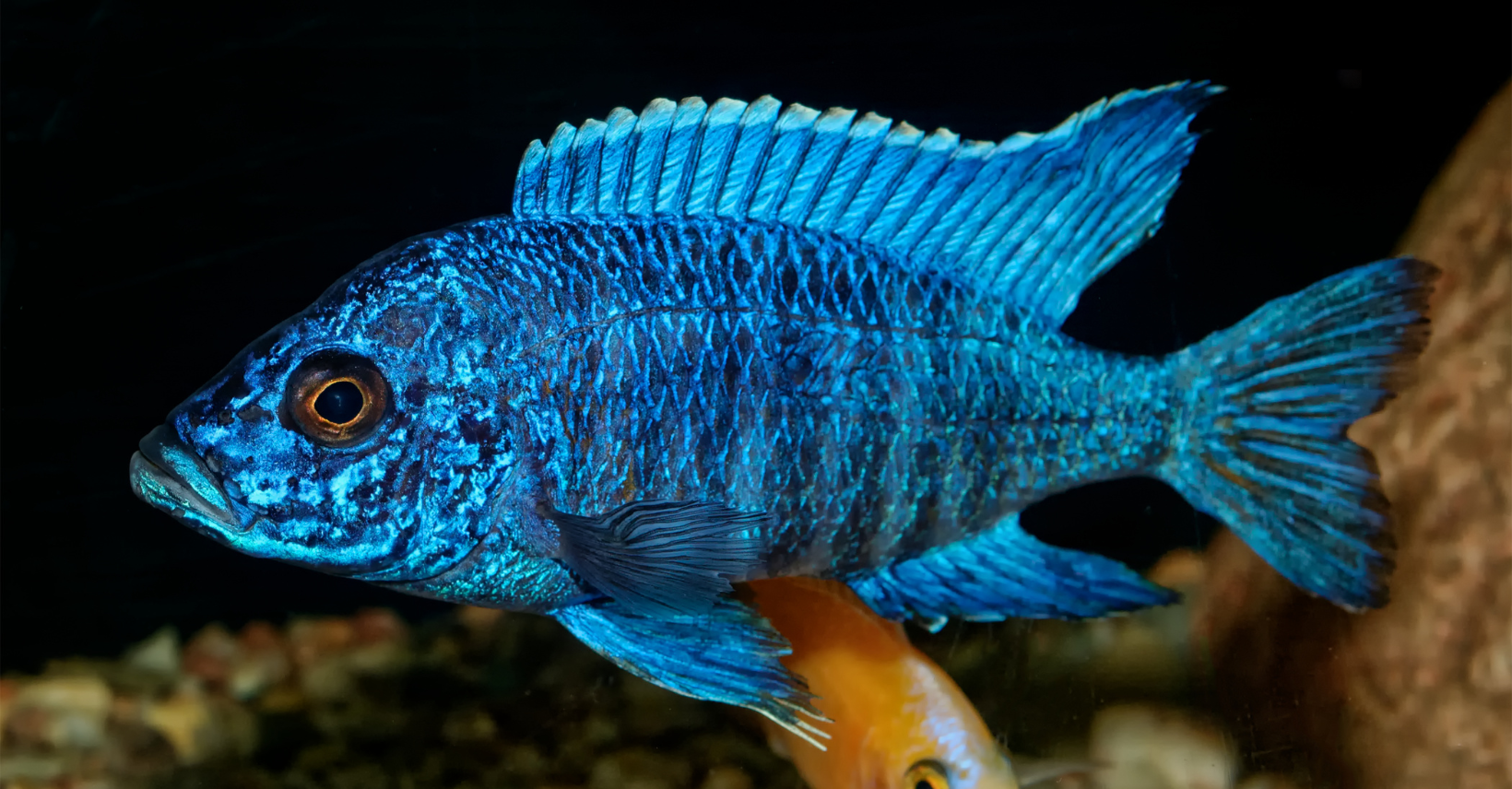
Fishkeeping is an exciting and rewarding hobby that allows enthusiasts to create vibrant ecosystems right in their living rooms. However, making the wrong choices when it comes to selecting fish for your aquarium fish tank can lead to unexpected challenges. In this guide, we dive into the world of fishkeeping tips to help you identify the worst freshwater fish that could disrupt the harmony of your home tank. Avoiding community fish mistakes is crucial, especially for beginners eager to establish a peaceful aquatic environment. Join us as we explore why certain species might be considered bad fish for beginners and how you can make informed decisions to ensure a thriving aquatic community.
Common Community Fish Mistakes
Setting up a community fish tank can be an exciting endeavor, but it's easy to fall into common pitfalls. Let's explore some of the most frequent mistakes aquarium enthusiasts make when creating their underwater ecosystems.
Overcrowding Your Tank
Overcrowding is a common mistake that can lead to serious issues in your aquarium fish tank. Many beginners underestimate the space requirements of their fish, leading to stress and poor water quality.
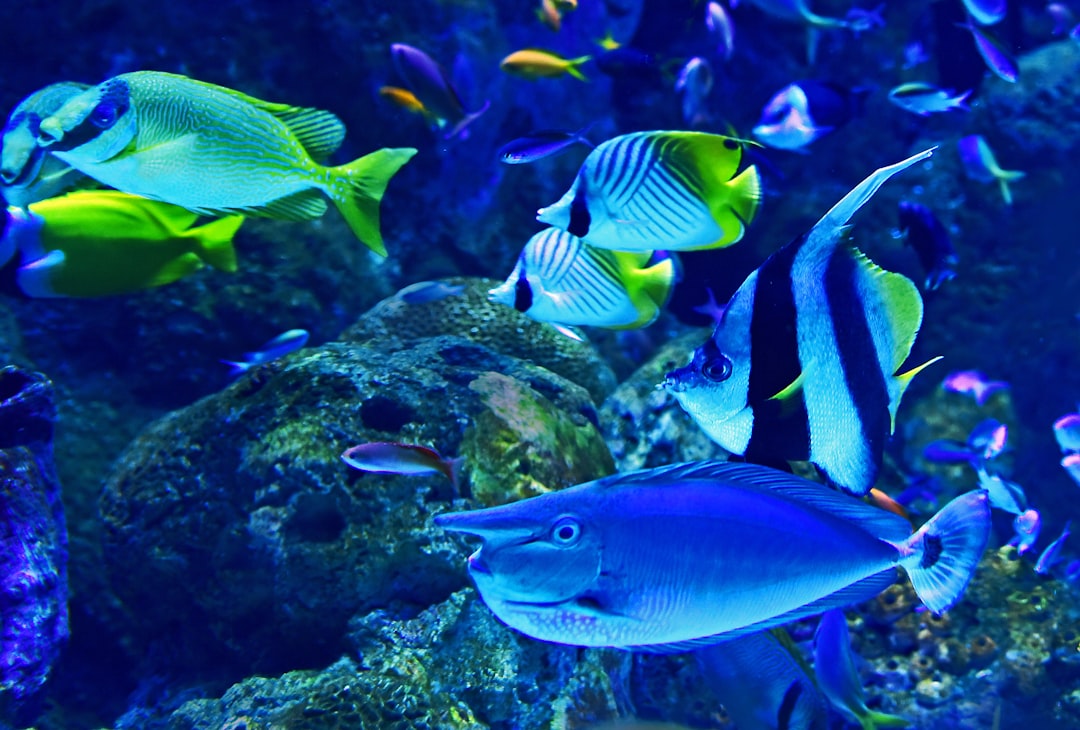
Overstocking can result in increased aggression among fish, as they compete for limited resources and territory. This stress can weaken their immune systems, making them more susceptible to diseases.
Moreover, too many fish produce excess waste, quickly overwhelming the tank's filtration system. This leads to poor water quality, which can be fatal for your aquatic pets.
To avoid overcrowding, research the adult size of your chosen species and follow the "one inch of fish per gallon of water" rule as a general guideline. However, remember that this rule doesn't apply to all species, especially larger or more active fish.
Incompatible Fish Species
Choosing incompatible fish species is another common community fish mistake that can disrupt the harmony of your aquarium. Not all fish get along, and mixing the wrong species can lead to aggression, stress, and even fatalities.
Some fish are territorial and may bully or attack others, while others have specific dietary needs that can lead to predatory behavior. For example, placing a peaceful community fish like a guppy with an aggressive species like a cichlid is a recipe for disaster.
Temperature and water parameter requirements also play a crucial role in compatibility. Mixing fish with different environmental needs can stress both species and lead to health issues.
To ensure compatibility, research each species thoroughly before adding them to your tank. Consider factors such as temperament, size, diet, and water parameter requirements. Many pet stores and online resources offer compatibility charts that can be helpful guides.
Neglecting Water Parameters
Maintaining proper water parameters is crucial for the health and well-being of your aquatic pets. Neglecting this aspect is one of the worst freshwater fish mistakes beginners can make.
Key parameters to monitor include:
-
pH levels
-
Ammonia
-
Nitrite
-
Nitrate
-
Temperature
Fluctuations in these parameters can stress your fish, weaken their immune systems, and even be fatal. Regular water testing is essential to catch any issues early.
Proper filtration and regular water changes are vital for maintaining water quality. Aim to change 10-20% of the water weekly, depending on your tank's bioload.
Remember, different fish species have different water parameter requirements. Research the specific needs of your chosen species and strive to maintain stable conditions within their preferred ranges.
Identifying Bad Fish for Beginners
For novice aquarists, choosing the right fish species is crucial for a successful and enjoyable experience. Let's explore some characteristics that make certain fish unsuitable for beginners.
Aggressive Fish Types
Aggressive fish species can be challenging for beginners to manage and often lead to a stressful aquarium environment. These fish may exhibit territorial behavior, fin nipping, or outright attacks on tank mates.
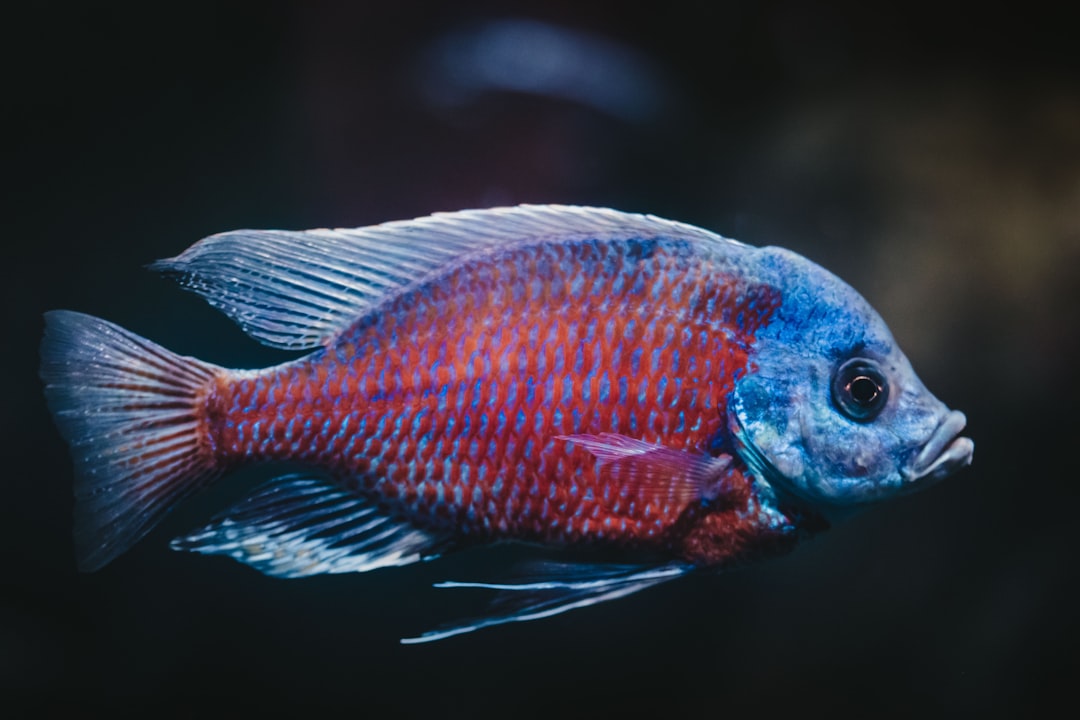
Some examples of aggressive freshwater fish to avoid as a beginner include:
-
Cichlids (especially larger species)
-
Tiger Barbs
-
Red-Tailed Sharks
-
Bettas (in community tanks)
These fish often require specific tank setups, carefully chosen tank mates, and experienced handling to thrive without causing issues.
For beginners, it's best to start with peaceful community fish that are known for their compatibility. This guide on hardy aquarium fish can provide some good starting points for novice aquarists.
High-Maintenance Species
High-maintenance fish species can quickly overwhelm beginners with their complex care requirements. These fish often need specific water parameters, specialized diets, or particular tank setups that can be challenging to maintain.
Examples of high-maintenance freshwater fish include:
-
Discus
-
Killifish
-
Freshwater Angelfish
-
Some species of Corydoras
These fish may require frequent water changes, precise temperature control, or specially prepared foods. For beginners, such demands can be time-consuming and frustrating.
Instead, novice aquarists should consider low-maintenance fish species that are more forgiving of minor fluctuations in water quality and easier to care for overall. This allows beginners to gain experience and confidence before tackling more challenging species.
Top Worst Freshwater Fish
While all fish have their unique charms, some species are particularly challenging to keep in home aquariums. Let's explore some of the worst freshwater fish for beginners and community tanks.
Fish with Special Diets
Fish with specialized dietary needs can be particularly challenging for beginners. These species often require live or specially prepared foods, which can be time-consuming and expensive to provide consistently.
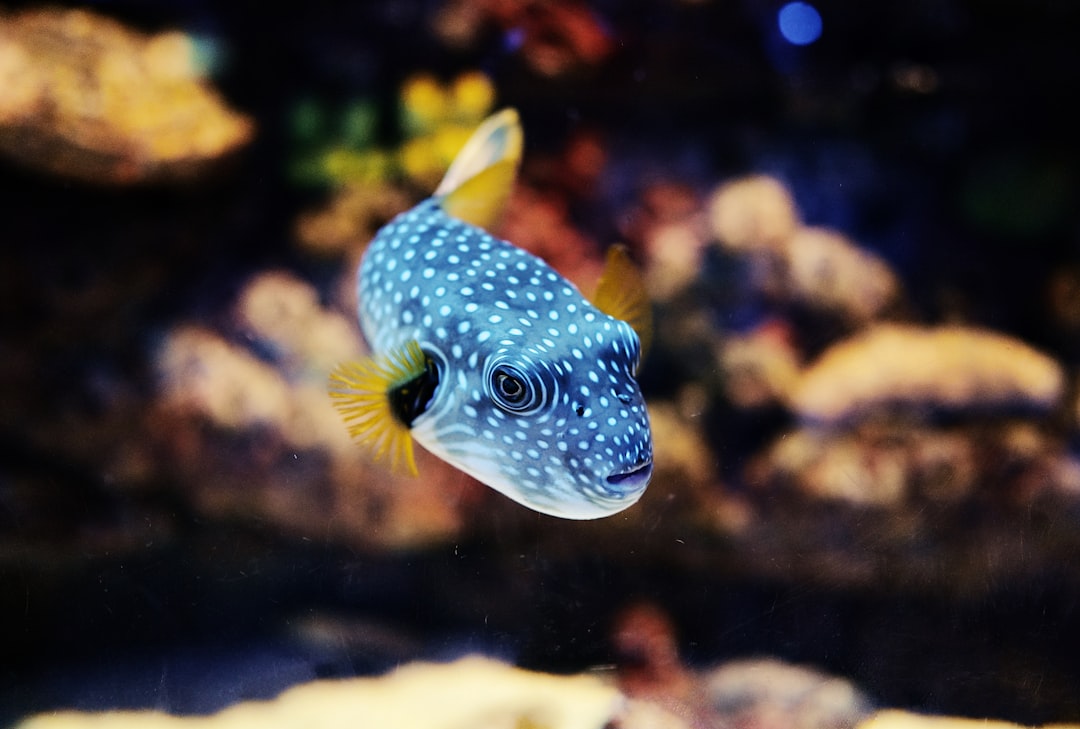
Some examples of fish with special dietary requirements include:
-
Pufferfish (need hard-shelled foods to wear down their ever-growing teeth)
-
Freshwater Eels (often require live foods)
-
Some species of Catfish (may need specific algae or wood in their diet)
These dietary needs can make it difficult to ensure the fish receive proper nutrition, especially for inexperienced aquarists. Failure to meet these needs can lead to health issues and shortened lifespans.
For beginners, it's best to start with fish that readily accept a variety of commercial foods. This ensures easier feeding and reduces the risk of nutritional deficiencies.
Sensitive to Water Changes
Some fish species are extremely sensitive to changes in water parameters, making them challenging to keep for beginners. These fish can quickly become stressed or ill if water conditions fluctuate even slightly.
Examples of fish sensitive to water changes include:
-
Neon Tetras
-
Cardinal Tetras
-
Discus
-
Some species of Rasboras
These fish require stable water conditions and may not tolerate the frequent water changes or parameter adjustments that are common in newly established tanks.
Beginners should be aware that some popular aquarium fish can grow too large for most home tanks, adding another layer of complexity to their care.
For novice aquarists, it's advisable to choose hardier species that can tolerate a wider range of water conditions. This provides a buffer for learning and reduces the risk of fish loss due to minor mistakes in water management.



 Aquariums & Supplies
Aquariums & Supplies
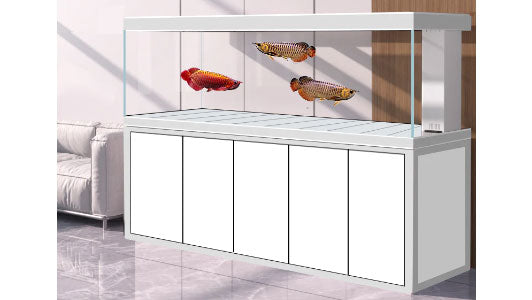

 Coral Reef Aquariums & Supplies
Coral Reef Aquariums & Supplies
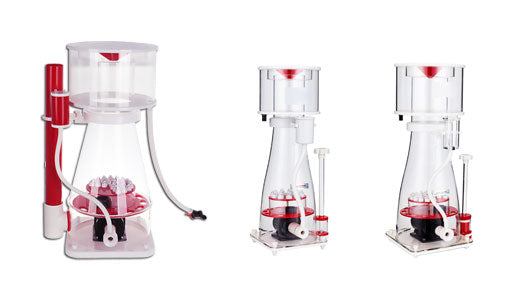

 Garden & Hydroponics & Landscape
Garden & Hydroponics & Landscape
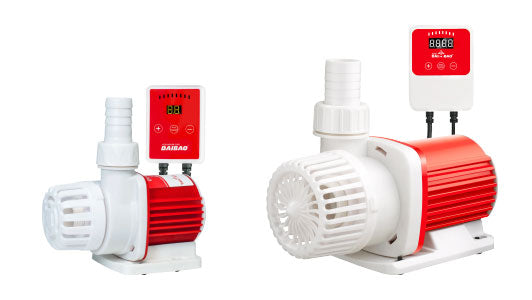

 Ponds & Fountains & Waterfalls
Ponds & Fountains & Waterfalls
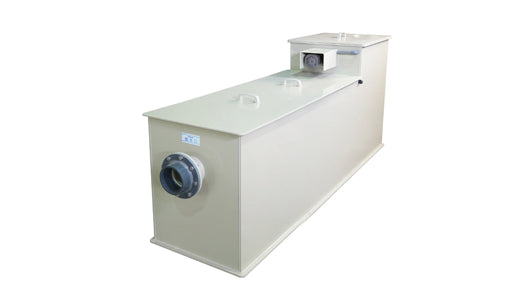

 Drum Pond Filter
Drum Pond Filter
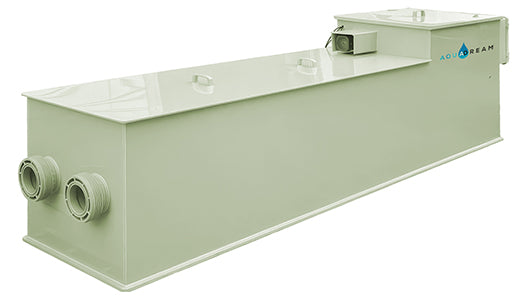
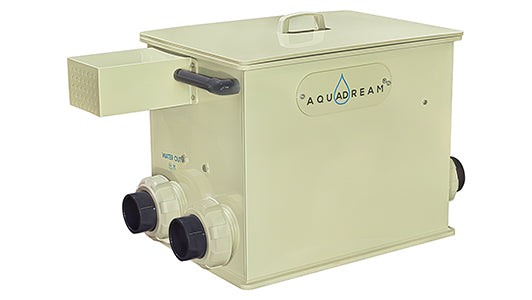

 Community
Community
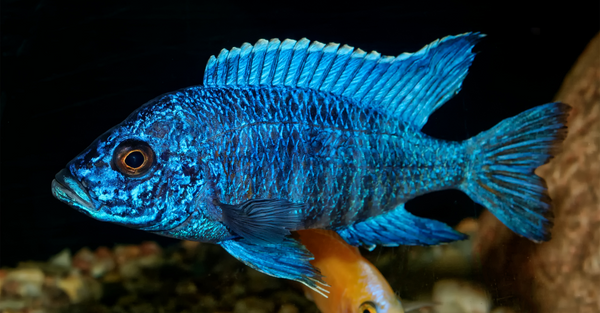
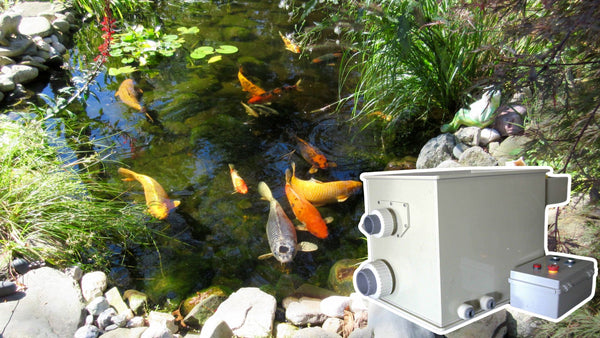

 Help Center
Help Center





